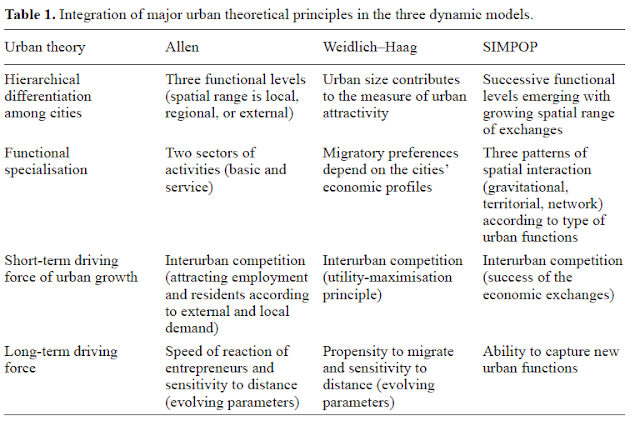Shaping urbanization to achieve sustainable communities resilient to floods
Its been a while since we have written about cellular automata models but recently Mona Hemmati, Hussam Mahmoud, Bruce Ellingwood and myself have a new paper entitled “Shaping urbanization to achieve sustainable communities resilient to floods” publish…
Continue reading »









